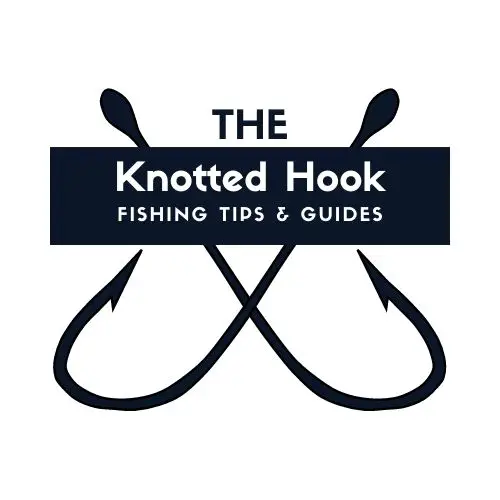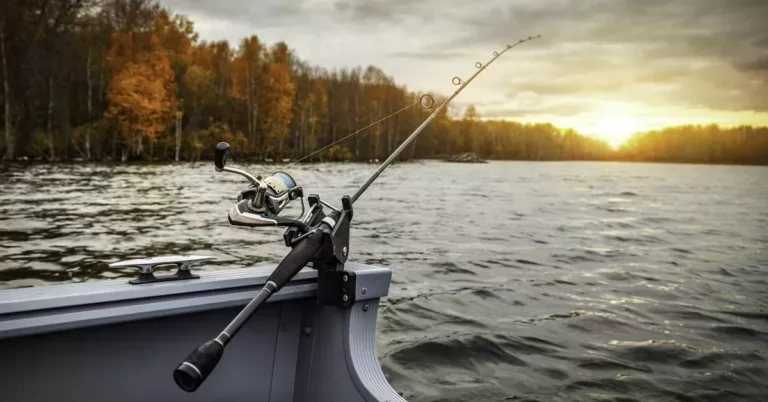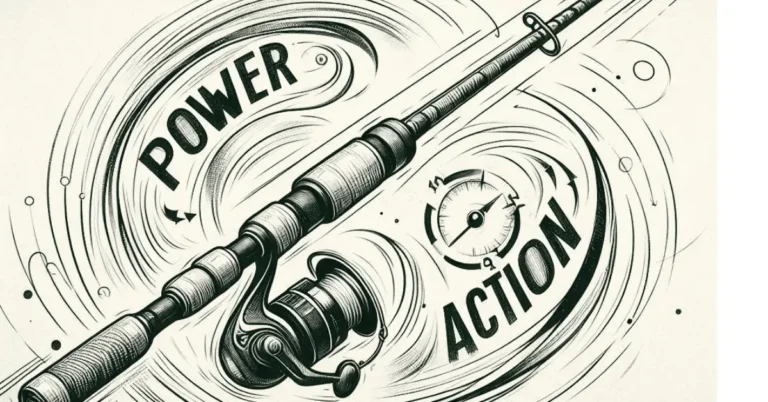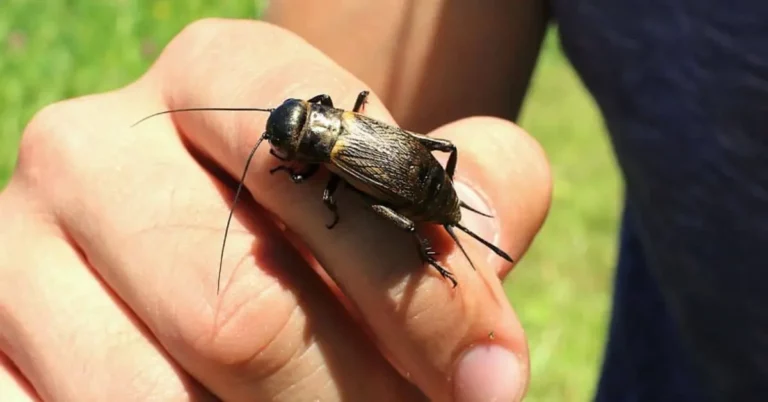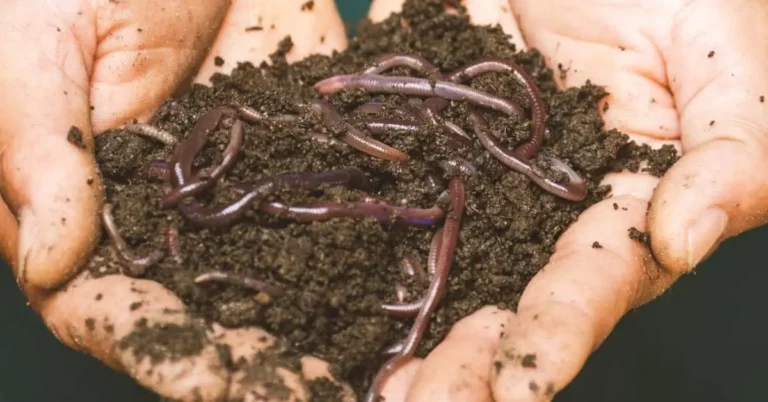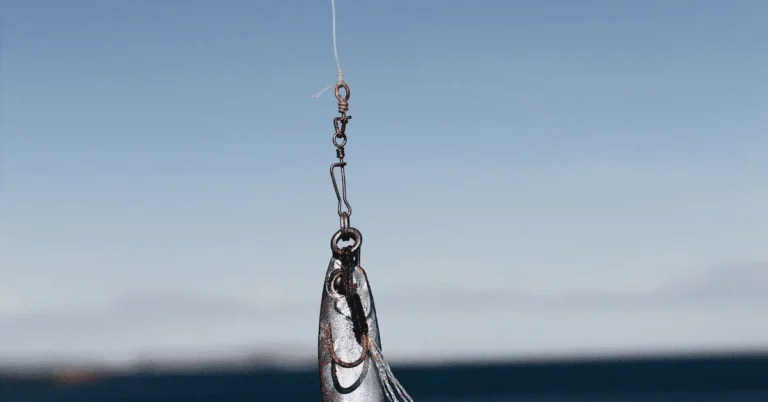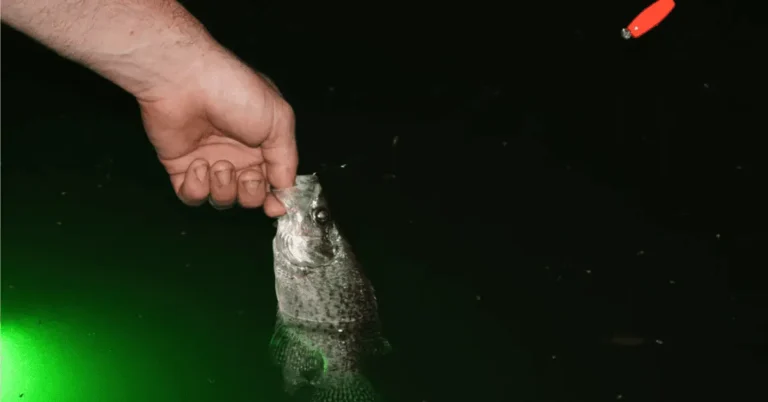Your Introductory Guide to Crappie Fishing; Tips, Tricks & Secret Sauce
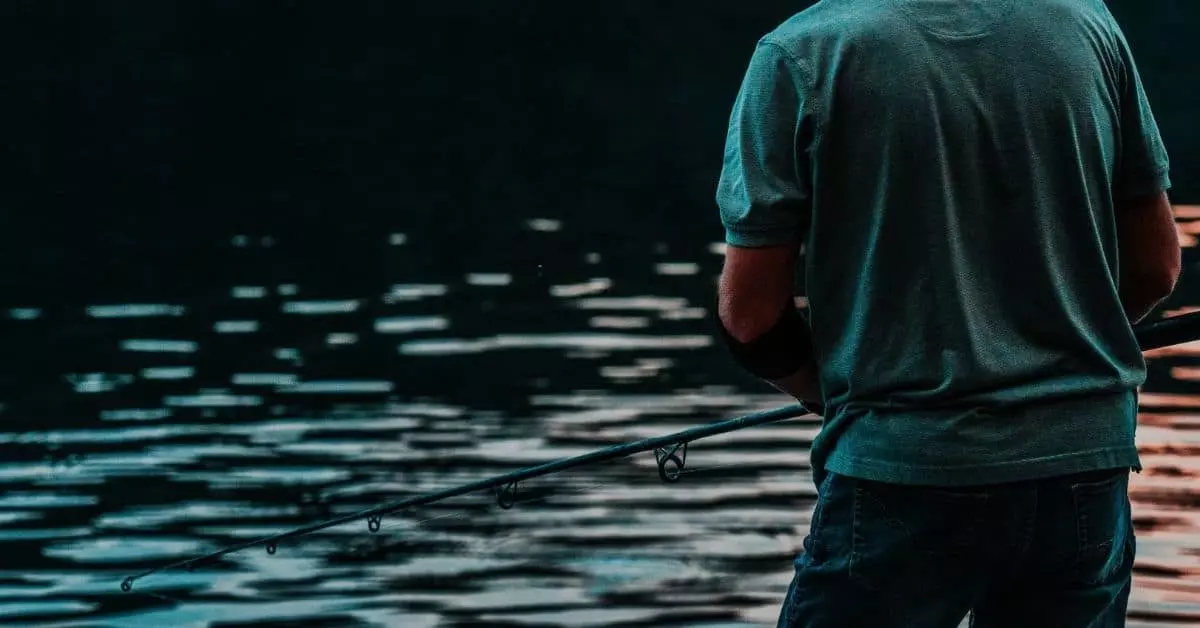
You may or may not have heard of crappie in the past. However, let me tell you they can be a blast to catch, tasty to eat and are found throughout a large portion of the United States through all four seasons. You can even ice fish for them.
Fishing for crappie can be as simple as a cane pole, line and a minnow; or as detailed as ice fishing with certain colored jigs, braided line with a fluorocarbon leader and number 1 hooks. It all depends on what you want.
With that being said, let’s look into what crappie are, where they live, what they eat and some tips to catch them.
What are Crappie Fish?
Crappie, sometimes spelled Croppie or Crappe, are a type of North American Sunfish that comes in two species. These two species are Black Crappie and White Crappie. Both of these types of fish are popular panfish and sought after by many anglers. This article will look into reasons why this is and delve into some of the best ways to catch them.
Crappie are known by some anglers as calico bass, speckled bass, strawberry bass, papermouth and crappie bass. This is due primarily to the fact that larger crappie resemble fish in the bass family even though they are a completely different genus of fish.
Crappie are relatively fast growing for their first few years reaching as much as 8 inches in just two years.
Are Crappie Edible and do they Taste Good?
Crappie are quite tasty when prepared fresh. Since they are not bottom feeders Crappie have a flaky pure white flesh that makes them among some of the best tasting freshwater fish.
This consideration is held by many people for instance Liveabout ranks them number three in their article on the best tasting freshwater fish. Wideopen Spaces ranks them as number six in their 20 Freshwater Fish to Catch and Eat Bucket List. Lastly Usangler has them third in their list of Best Tasting Freshwater Fish.
In the past there were commercial fisheries for crappie and people even stocked them in their ponds. However over the years the commercial fishing of crappie has all but vanished and overfishing in some areas has led to Fish and Game instituting catch limits.
The Crappie’s Primary Food Sources
Crappie have very different diets depending on the area in which they live. However, they tend to feed mostly on smaller species of fish. They will frequently even feed on the young of Walleye and Northern Pike, both of which are actually predators of the crappie.
Crappie also eat other common waterborne food sources such as crayfish, insects, and even zooplankton.
It is important to note that crappie eat other fish as their primary food source, while they will eat nightcrawlers and insects it is not their primary food source. With that being said your best bets are going to be other fish, or lures that resemble them.
The next point to keep in mind is that Crappie are sight feeders. This means that unlike catfish who hunt by smell, the crappie need to be able to see their food. This is why you see so many brightly colored options in the lure section for crappie.
The Ideal Habitat for Crappie
Crappie like most other sunfish are primarily freshwater fish, though there are some saltwater crappie.
Crappie can be found in every state with the black crappie being more predominant in northern states.
Black Crappie tend to populate lakes more often with white crappie hitting the rivers, though both species can live in either environment.
Crappie prefer areas that have plenty of underwater cover. Downed trees, weeds, rocks and underwater brush make ideal habitats for them. Riprap along a steep bank or around bridges and docks can also provide the cover they need.
Crappie will change their preferred depths during the various seasons. Depending on if it is spring, summer, fall or winter will largely determine at what depth and what areas to look for crappie.
Crappie are visual feeders and because of this prefer areas of clearer water when possible.
Crappie like most fish prefer sunny weather,as it often leads to clearer water. However, they will often begin feeding more heavily just before a rain shower as the barometric pressure drops.
The Facts About Crappie
- The largest crappie can reach lengths exceeding 20 inches and come in at weights of more than 5 pounds. The largest crappie on record weighed in at just over 6 pounds.
- Crappie tend to be less active in the heat of the day; feeding primarily at dawn and dusk making that the ideal time to fish for them.
- The ideal spawning temperature for crappie is in the low 60’s
- In Louisiana Crappie are often referred to as sauc-au-lait. That translates in french to “bag of Milk”
- The ideal spawning temperature for crappie is in the low 60’s
- During the spawning season, crappies tend to place their nests in water that is between 1 and 5 feet deep. Target your efforts in these areas.
- Crappie are active even in winter. This makes them prime targets for ice fishing.
- Crappie will bite at nearly any time of day, but become most active at night around 0200 and at sunset and sunrise.
- Crappie’s preferred jig color seems to be chartreuse.
6 Basic Tips for Catching Crappie
1. Tackle
Crappie can be caught on tackle very similar to other sunfish. Most often a spinning or bait caster reel is combined with a limber rod. An assortment of jigs or floats and live bait such as minnows is commonly used with around a 6 to 10lb line.
2. Water Clarity
Since crappie are sight feeders you need to consider what type of water you are fishing in. If it is clear water then you can fish a ways off of underwater obstructions etc, however, in the cases of muddy water the crappie will normally hold just inches off of underwater snags, rocks and other obstructions that they can use as points of reference.
Speaking of muddy water, crappie will behave slightly differently in very muddy water. For instance, they will likely move to shallower water as there is more oxygen available. They will also be more likely to bite on a bright day as the increased light levels allow them to see the shadows created by baitfish and lures easier.
3. Bait Selection
If you decide to use lures for crappie, generally small jigs are your best option. A second choice is a gold spinner since the flash or glinting sunlight tend to attract the attention of crappie. Some people will use crankbaits though that is a mixed camp.
The smaller fish will tend to shy away from most crankbaits as they are a bit larger. However, the larger 2 lb plus crappie have no problems with hitting these larger baits.
One common suggestion is the use of a crappie attractant when fishing with lures, many of the “power baits” sold today have some form of attractant already applied, but more doesn’t hurt.
If you instead opt for live bait then minnows are going to be your best option, you can also use worms though usually not as effectively.
Another option depending on your location is small crayfish and even shrimp. A final live bait that does well is crickets and grasshoppers, especially live ones. When using live bait the hook size is crucial, if it is too small the fish will slip off and if it is too large then the fish cannot bite it.
4. Bait Presentations
Bobbers are ideal if using live bait, this will allow you to present the bait at various depths and zero in on their feeding ground in the present conditions.
Do this by spending five or ten minutes at most at a depth if you’re not getting bites, then raise it or lower it by about a foot and try again. In the summer time start at about 18 inches from the surface, in the winter you will want to fish deeper.
5. Go for Brighter Colors
Crappie being visual feeders seem to like brightly colored jigs, particularly chartreuse.
6. Slow Moving Water Works Best
When looking for crappie in a stream, or river try areas where the water slows down and pools, bends tend to be ideal for this as the water often slows in these areas. White crappie tend to be found lurking in undercuts along the bank in these cases.
Rigging and Setting up For Crappie Fishing
Crappie can be caught on almost any setup however, a jighead and slip bobber coupled with various colors of lures or a slip bobber and minnows are the best set up.
Use a rod with plenty of action (flex) and a 6 to 10lb line of your choice. Braided, Monofilament and Fluorocarbon line will all work, its anglers choice really.
Set your float to allow a depth of between 1 and 6 feet depending on the season. Crappie tend to go deeper in the summer and winter and shallower in the spring and fall.
When setting the hook be careful not to apply too much force, crappie tend to have weaker bones around their mouth and a hard set is likely to rip the hook out. You can avoid this by using either a monofilament line or a more flexible rod.
My preferred set up is to set a slip float I can adjust on a 10lb braided line. Using a minnow hooked through the tail and starting at a depth of about 2 feet usually gives me a good starting point.
The Secret Sauce on How to Catch Crappie
- Crappie like to hide in or near brush piles, to avoid losing your tackle frequently select a heavier line around 15lb test, couple this with a lightweight hook around a number 1 to 4 depending on the size of your minnow/jig. Aim for a hook that bends fairly easily.
The ability of the hook to bend and the heavier line will allow you to straighten out the hook by applying constant pressure if you should happen to get snagged. I prefer braided lines for this as they do not stretch like monofilament will.
- In the Spring Crappie will head into the shallows of coves and areas where there is minimal water movement, they will seek out depths of between 1 and 3 feet to lay their eggs. This is known as their spawn during this time you can locate huge schools of them in these areas.
- If you plan to eat your crappie, Icing immediately is critical for taste and consistency of the meat.
- Crappie are not deterred by colored hi-vis line and the use of high visibility lines can increase your chances of hooking your crappie.
In Summary
Crappie fishing can be just as fun if not more so than bass, catfish or any other species for that matter. They have the added bonus of even being a viable option for winter fishing where some other species may go dormant.
It is likely that if you already have some fishing gear, that you have what you need to try crappie fishing. Grab your rod, some line and tie up a simple minnow rig and you are ready to go.
See you on the water.
